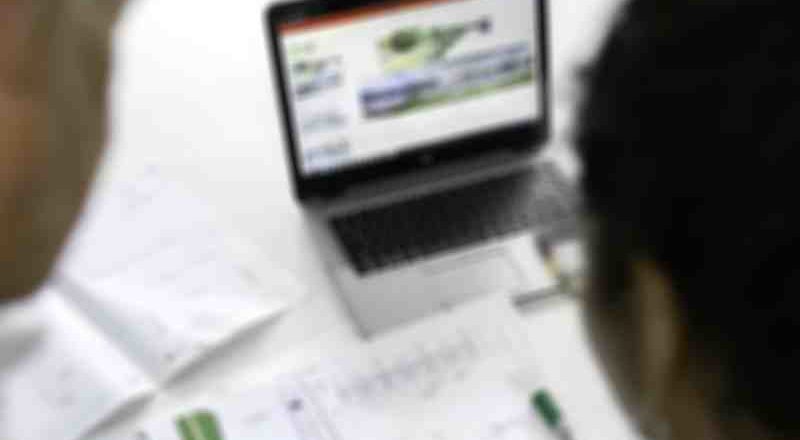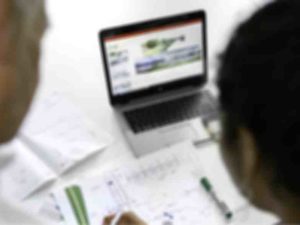Tento kurz bol navrhnutý zvlášť pre Slovanov. Obsahuje najdôležitejšiu slovnú zásobu a gramatiku. Každá hodina je zostrojená tak, aby poskytla náhľad na gramatiku ale zároveň aj praktické využitie jazyka. Témy, ktoré sa študenti naučia, sú rodina, jedlo, nakupovanie, u lekára, na úradoch atď.
Ako najlepšie využiť tento online kurz typu samouk?
1. Každá hodina trvá približne 60 minút a obsahuje viac tém. Odporúčame vám dodržiavať pravidelný rytmus pri učení a každý deň si značiť, čo sa chcete naučiť a co ste z toho naozaj pokryli. Buďte realistickí. Ak je to potrebné, rozdeľte si pozeranie videí na viacero častí.
2. Používajte slovník (odporúčame online slovník na aktuality.sk). Zastavte video a vyhľadajte si slovo/frázu. Zapíšte si ho a až potom sa vráťte k videu.
3. Keď váš hovorca vo videu vyzve zastaviť video, zastavte ho, vypracujte si cvičenie. Majte preto pero/ceruzku a papier pri sebe počas učenia.
4. Vytvorte si príjemné prostredie, miesto, kde sa pravidelne budete učiť. Minimalizujte ruchy z prostredia.
5. Nájdite si lektora alebo pomoc.


